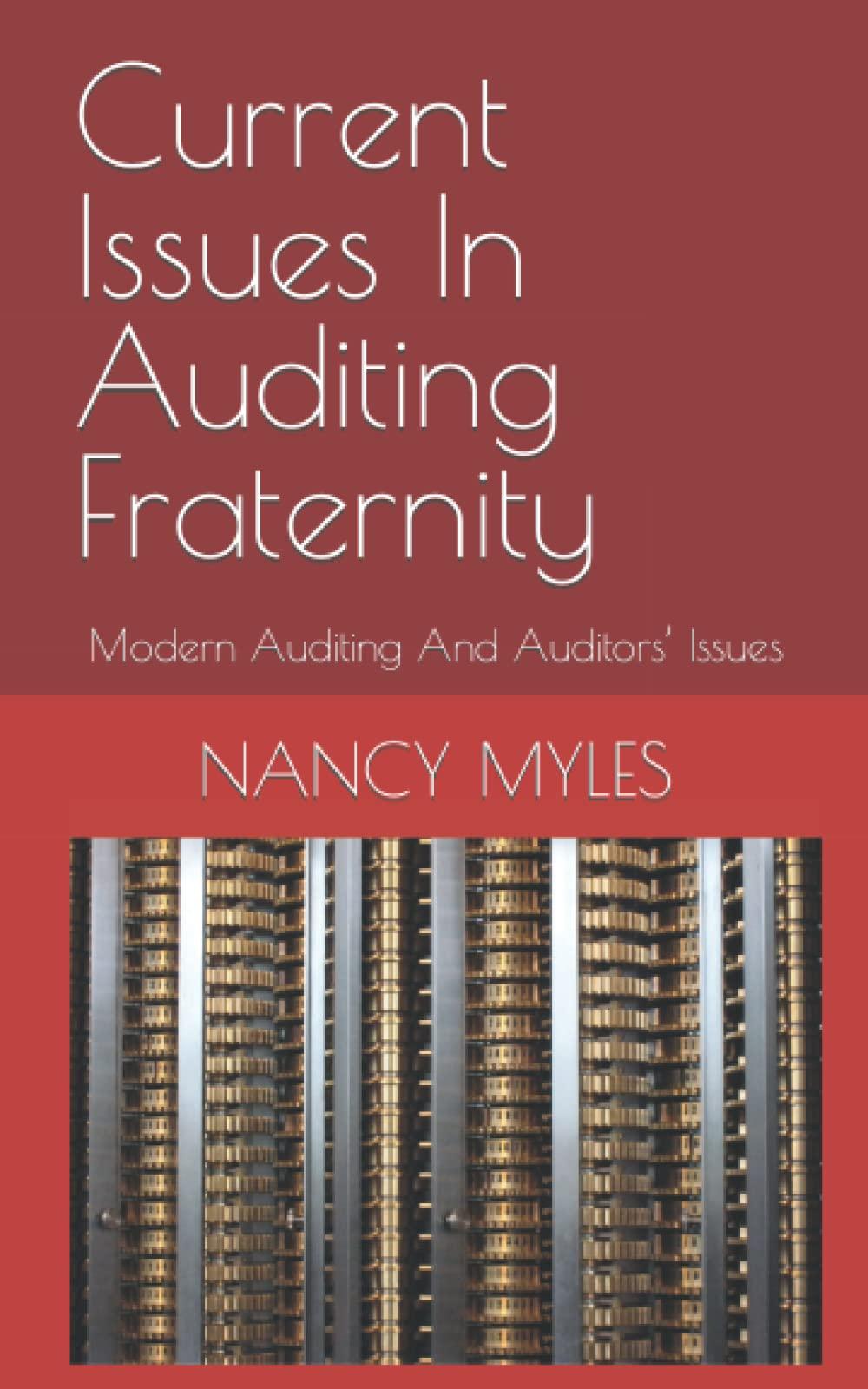Question
11)Wildhorse Company has developed a new product, egg crates that prevent breakage. The cost per crate is $85 and the company expects to sell 1000
11)Wildhorse Company has developed a new product, egg crates that prevent breakage. The cost per crate is $85 and the company expects to sell 1000 crates per year. Wildhorse Company has invested $1530000 in equipment to produce the crates and desires a 8% return on investment. What is Wildhorse Company's desired markup percentage? 18% O 80% 8% 144%
12)Sunland Co. has produced a product with a total unit cost of $75 and a desired ROl per unit of $21. If Sunland Co's target selling price is $96, what is its percentage markup on cost? O 128.00% 100.00% O 28.00% O 42.00%
13)What is a critical reason for a company to use cost-plus pricing? The company operates in a highly competitive market. O The company's suppliers have recently increased prices. O The company has significant differences between its variable and fixed costs. The company operates in a less competitive market.
14)The absorption-cost plus pricing approach G O includes manufacturing costs in the cost base. O includes fixed selling and administrative costs in the cost base only. O includes variable selling and administrative costs in the cost base only. O includes both variable and fixed selling and administrative costs in the cost base.
15)The first step in the absorption-cost approach is to calculate the O unit manufacturing cost. O target selling price. markup percentage. O desired ROl per unit.
16)In the absorption-cost approach, the markup percentage covers the O desired ROl only. O selling and administrative expenses only. O desired ROl and fixed costs. O desired ROl and selling and administrative expenses.
17)The markup percentage denominator in the variable cost-plus approach is the O desired ROl per unit. variable costs per unit. O manufacturing cost per unit. fixed costs per unit.
18)The labour charge per hour in time-and-material pricing includes all of the following except O charges for labour loading. O an allowance for a desired profit. O overhead costs. O selling and administrative costs.
19)The last step in determining the material loading charge percentage is to O divide material charges by the total estimated costs of parts and materials. O estimate the total cost of parts and materials. O add a desired profit margin on the materials themselves. O estimate annual costs for purchasing, receiving, and storing materials.
20)In time-and-material pricing, the charge for a particular job is the sum of the labour charge and the O materials charge. O materials charge + desired profit. O material loading charge. O materials charge + the material loading charge.
Step by Step Solution
There are 3 Steps involved in it
Step: 1

Get Instant Access to Expert-Tailored Solutions
See step-by-step solutions with expert insights and AI powered tools for academic success
Step: 2

Step: 3

Ace Your Homework with AI
Get the answers you need in no time with our AI-driven, step-by-step assistance
Get Started


